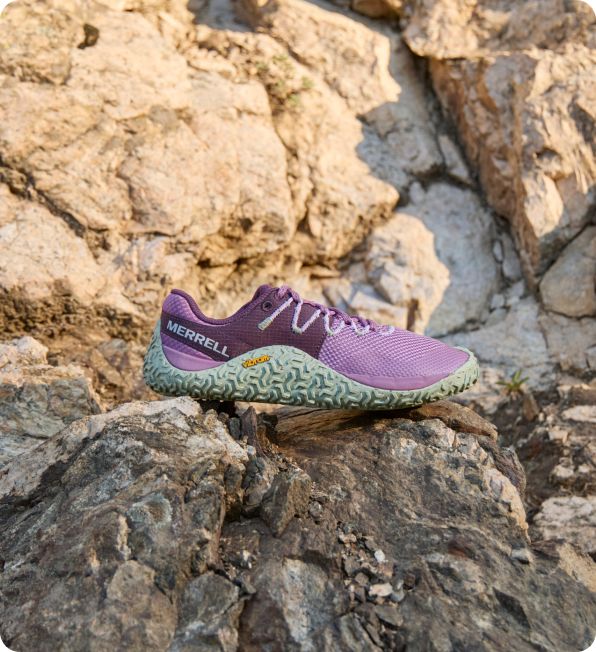We're sorry, no products were found for your search: null

Try your search again using these tips
- Double check the spelling.
- Try varying the spelling. Limit the search to one or two words.
- Be less specific in your wording. Sometimes a more general term will lead you to the similar products.








